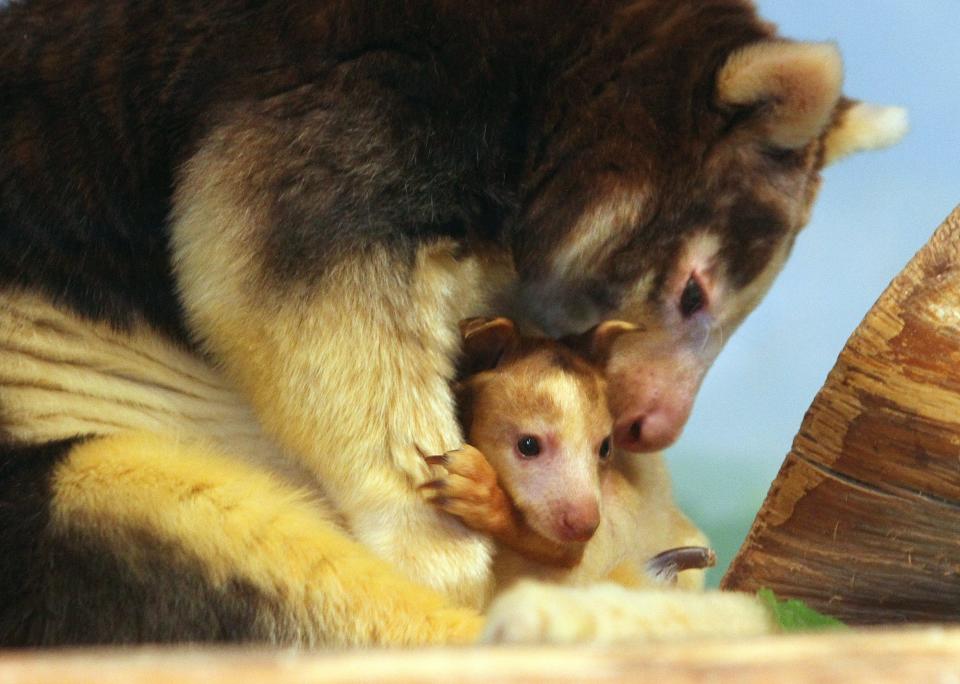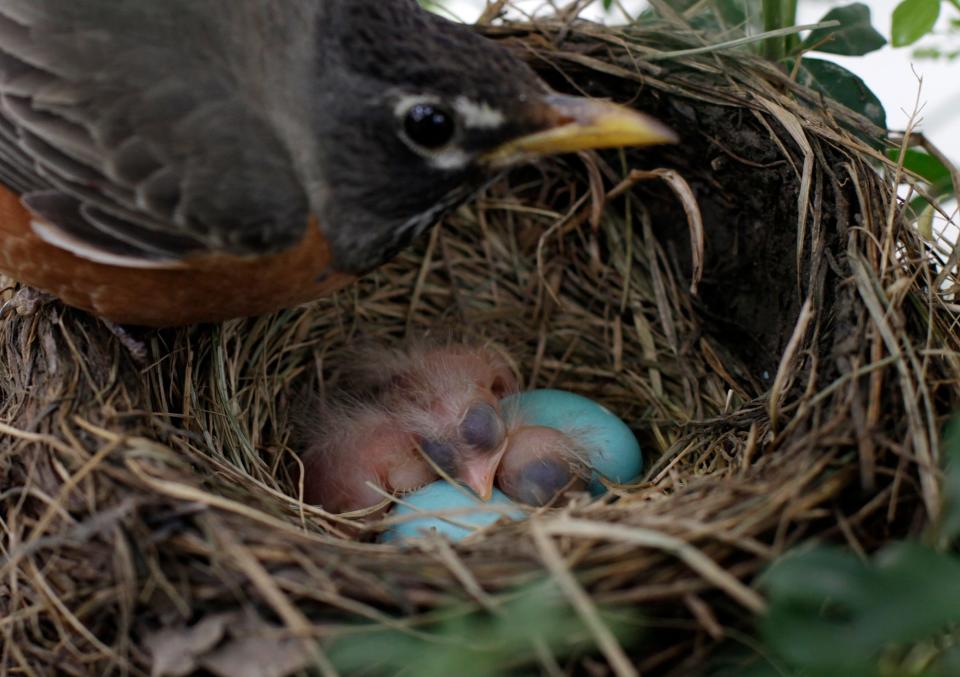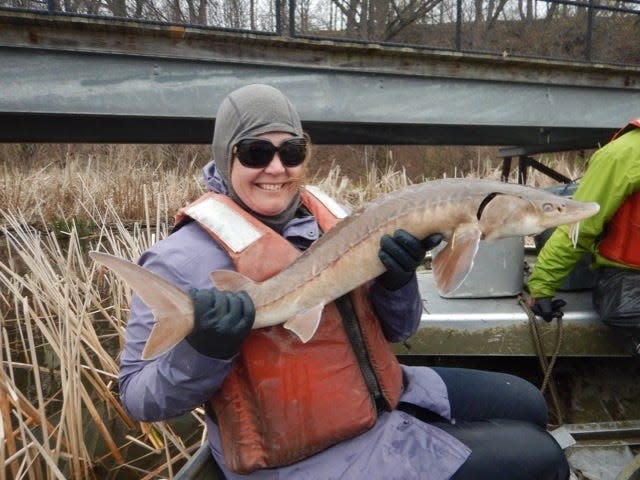Domestic cats are a hazard to wildlife: How many small animals, birds an outdoor cat kills

Over the last couple months or so I have received a lot of questions from readers. The subjects involved cover such a wide spectrum of wildlife that I decided to turn them into an article.
Here is what I came up with.
What is the world’s largest frog, and where can it be found?
Goliath frogs are the giants of the frog family. They are native to West Africa. And, in many ways, they resemble our own common bullfrog.
These giants of the amphibian world can weigh more than 7 pounds, with the largest known specimen tipping the scales at more than 10 pounds. When their legs are stretched out straight they can measure more than 2 feet long.
While most members of the frog family hunt by hopping all over the place, the goliath frog prefers to sit patiently in place and wait for its prey to come along. Biologists believe this method is used to conserve energy.
And these critters will eat just about anything that wanders by their hunting “stand.” That list includes worms, small snakes, insects and even small mammals such as mice.
Can kangaroos climb trees?

Yes, some species of kangaroo can climb trees. There are actually several species in Australia and New Guinea that live virtually their entire lives high above the ground.
At least one species can actually weigh more than 40 pounds, which makes it one of the top five heaviest mammals that spend most of their lives in the treetops.
The largest species of kangaroos, the red and gray kangaroos, are strictly land dwellers, and use their speed to escape danger. But smaller species like the aptly named tree kangaroo, spend most of their life high above the ground.
They are herbivores (plant eaters) and can munch on a number of tree species for all of their eating needs. And as for water, there are any number of sources available when you consider the many hollows where limbs meet with the tree boles. It is only when extremely dry conditions force them to come down to more normal sources of water.
More: Call of coyotes can be a hair-raising experience
More: Questions and answers on piebald deer, ethical hunting calibers and how to ID deer by sight
What animal found locally (not including humans) is the greatest threat to other animals?

This question requires a strictly scientific answer that is based on field research. And scientists have clearly demonstrated through observations that domestic cats kill more birds and other small animals than any other predatory species.
While free-roaming feral cats are obviously the greatest threat, any domestic cat that is allowed outdoors without direct supervision poses a hazard for wildlife.
The basic problem is that every such cat has a deeply rooted instinct to hunt and kill, and will do so if given the opportunity. This is also based on scientific facts (research). A single feral cat (generally) has a diet of 70% small mammals (mice, voles, etc.) and 20% small birds. It kills around 1,000 animals a year, which equates to 700 mice and 200 songbirds.
Why do crayfish (known locally as crabs) get soft shells?
Crayfish, like many other crustaceans, shed their hard shell periodically and then develop new shells for their slightly larger body. The new shell, which is soft and paper-like, hardens within one to three days after the old one has been discarded.
Crayfish, like many other critters with “hard” outer encasements, continue to grow throughout their entire life. Relief for those animals is obtained in this manner. Snakes (reptiles in general) also share this trait, often shedding their outer skin once or twice each year.
Why are different species of birds so different with respect to raising their young?

Robins raise their young in a nest for weeks, feeding them during the day and keeping them warm each night. Wild turkeys have young that tag along as soon as they hatch out of their eggshells.
Why is there such a difference?
The difference is brought out scientifically with the terms altricial and precocial. Altricial birds such as robins, hummingbirds, bald and golden eagles, doves and chickadees have young that are underdeveloped at hatching and must be cared for by either the mother bird or both parents until the babies can safely fly away from the nest on their own.
Precocial baby birds such as turkeys, quail, pheasants, and grouse are fully developed at hatching and need only to follow the hen (mother) until they are mature enough to set out on their own. They will learn such traits like flying as they continue to mature.
Better to be careful
And here is a “question” everyone should understand and remember: Every year more than a million people are so severely exposed to poison ivy that they need serious medical attention.
That is a very true statement, and poison ivy is beginning to pop up all over as spring weather marches on. There are plenty of pictures on the web for those wanting more information on this insidious plant.
But there is a better rule for everyone to follow: Leaves of Three, Leave It Be.”
Sturgeon: Know your rules

Did you know that sturgeon, which are still relatively common in many of the world’s oceans, lakes and rivers today, have been swimming in the earth's waters for almost 400 million years?
In the U.S. these fish are classified as a game fish in some states and protected to some degree in others. So if you are an angler, and if you catch a sturgeon, be sure you know the rules in your area. Either that, or take some photos and let it go.
More: Lake sturgeon found spawning in Genesee River
Len Lisenbee is the Daily Messenger's Outdoor Columnist. Contact him at lisenbee@frontiernet.net
This article originally appeared on MPNnow: Animal facts: Feral cats diet, giant goliath frogs and tree kangaroos

